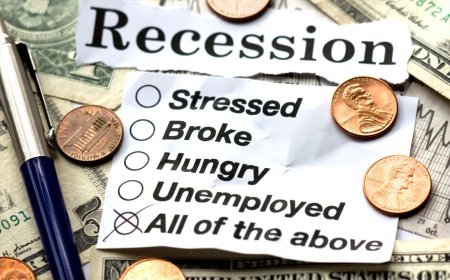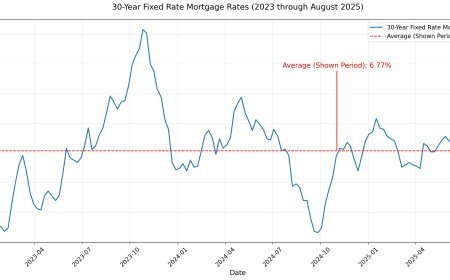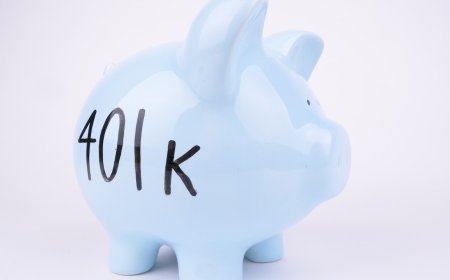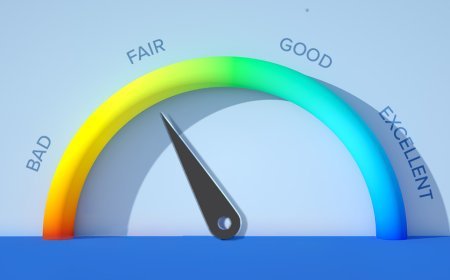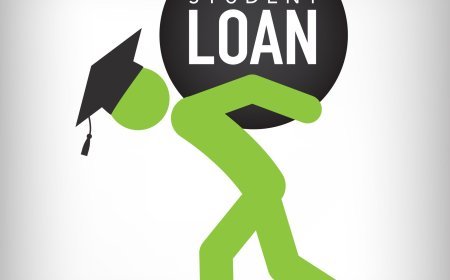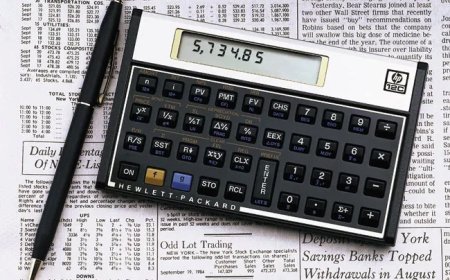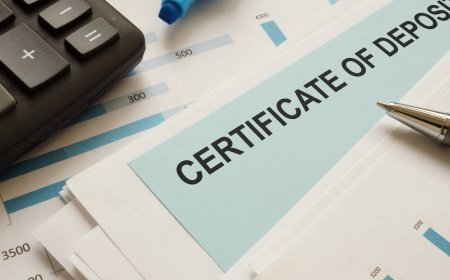How CDs Can Help You Prepare for and Survive a Layoff
Discover how certificates of deposit can create a reliable financial safety net to help you prepare for unexpected job loss and maintain stability during unemployment.

Job security has become increasingly uncertain in today's economy, making financial preparedness more crucial than ever. While most financial advisors recommend building an emergency fund, the challenge lies in finding the right balance between accessibility and growth. Certificates of deposit offer a strategic solution that combines guaranteed returns with structured access to funds, creating an ideal foundation for layoff preparation.
The psychological impact of job loss often compounds the financial stress, but having a well-planned CD strategy can provide both emotional comfort and practical support during difficult transitions. Unlike volatile investments that might lose value precisely when you need them most, CDs offer predictable returns and principal protection through FDIC insurance.
The Strategic Advantage of CDs for Emergency Planning
Traditional emergency funds sitting in low-yield savings accounts barely keep pace with inflation, essentially losing purchasing power over time. CDs address this problem by offering higher interest rates while maintaining the safety and predictability essential for emergency funds. The fixed terms also create a natural savings discipline, preventing the temptation to dip into emergency funds for non-essential expenses.
The key to using CDs effectively for layoff preparation lies in creating a ladder system that provides regular access to funds while maximizing interest earnings. This approach involves purchasing multiple CDs with staggered maturity dates, ensuring that funds become available at regular intervals without penalty.
Building Your CD Ladder Strategy
A well-constructed CD ladder for emergency planning might involve purchasing CDs that mature every three to six months. For example, you could invest $5,000 each in 3-month, 6-month, 9-month, and 12-month CDs. As each CD matures, you have the option to access the funds or reinvest in a new 12-month CD, maintaining the ladder structure while earning higher yields on longer-term deposits.
This strategy provides quarterly access to funds plus accumulated interest, giving you flexibility to respond to changing circumstances while maintaining higher overall returns than traditional savings accounts. The predictable maturity schedule allows for careful financial planning and reduces anxiety about fund accessibility.
Calculating Your Emergency Fund Needs
Financial experts typically recommend maintaining three to six months of living expenses in emergency funds, but the exact amount depends on your individual circumstances. Calculate your essential monthly expenses including housing costs, utilities, food, transportation, insurance premiums, and minimum debt payments. Multiply this figure by the number of months you want to cover, considering factors like your industry's typical job search duration and your family's specific needs.
Remember that unemployment benefits may provide some income replacement, but they typically cover only a portion of your previous earnings and may take time to begin. Your CD emergency fund should bridge this gap and provide additional security beyond government assistance.
Choosing the Right CD Types
Different CD varieties serve different purposes in layoff preparation. High-yield CDs maximize returns on funds you hope never to need, while no-penalty CDs offer flexibility for uncertain timing. Bump-up CDs allow you to take advantage of rising interest rates during your savings accumulation phase.
Short-term CDs provide quicker access to funds but typically offer lower rates. The key is balancing accessibility with returns based on your specific risk tolerance and timeline concerns. Many successful emergency planners use a combination of CD types to optimize both growth and flexibility.
Implementing a Phased Approach
Consider structuring your emergency fund in phases corresponding to different stages of potential unemployment. The first phase covers immediate needs during the first three months, requiring the most accessible funds. Keep one to two months of expenses in high-yield savings for immediate access, supplemented by short-term CDs maturing within this period.
The second phase addresses extended unemployment lasting three to six months. Structure longer-term CDs to mature during this period, providing continued income replacement as your job search progresses. The third phase covers career transition periods extending beyond six months, utilizing longer-term CDs that offer higher returns for funds you hope not to need.
Maximizing Returns While Maintaining Access
Shopping around for the best CD rates can significantly impact your emergency fund's growth over time. Credit unions often offer competitive rates, and online banks frequently provide higher yields than traditional brick-and-mortar institutions. However, ensure that any institution you choose offers FDIC or NCUA insurance protection.
Timing your CD purchases can also optimize returns. Consider making purchases when interest rates are rising, and avoid locking in low rates during declining rate environments unless you need the security of guaranteed returns.
Managing Early Withdrawal Considerations
While the goal is to avoid early withdrawals, understanding penalty structures helps you make informed decisions during emergencies. Calculate the penalty costs against the benefits of accessing funds early, and consider whether partial withdrawals might meet your needs while preserving the remainder of your CD.
Some financial institutions offer more favorable early withdrawal terms than others, making this an important factor in your selection process. No-penalty CDs eliminate this concern entirely but typically offer lower interest rates in exchange for flexibility.
Rebuilding and Lessons Learned
Once you've successfully navigated a job transition, focus on replenishing any emergency funds you used and applying lessons learned to strengthen your financial position. Consider whether your emergency fund size was adequate, whether the CD ladder structure worked effectively, and how you might improve your strategy for future security.
Many people discover that having weathered one job transition successfully, they feel more confident about their financial resilience and better prepared for future challenges. This confidence often translates into more strategic career decisions and improved overall financial planning.
Using CDs for layoff preparation requires thoughtful planning and disciplined execution, but the combination of safety, growth, and structured access makes them an excellent foundation for financial security. The peace of mind that comes from knowing you have a reliable financial cushion can actually improve your job performance and career prospects by reducing stress and allowing you to make decisions from a position of strength rather than desperation.
What's Your Reaction?
 Like
0
Like
0
 Dislike
0
Dislike
0
 Love
0
Love
0
 Funny
0
Funny
0
 Angry
0
Angry
0
 Sad
0
Sad
0
 Wow
0
Wow
0


